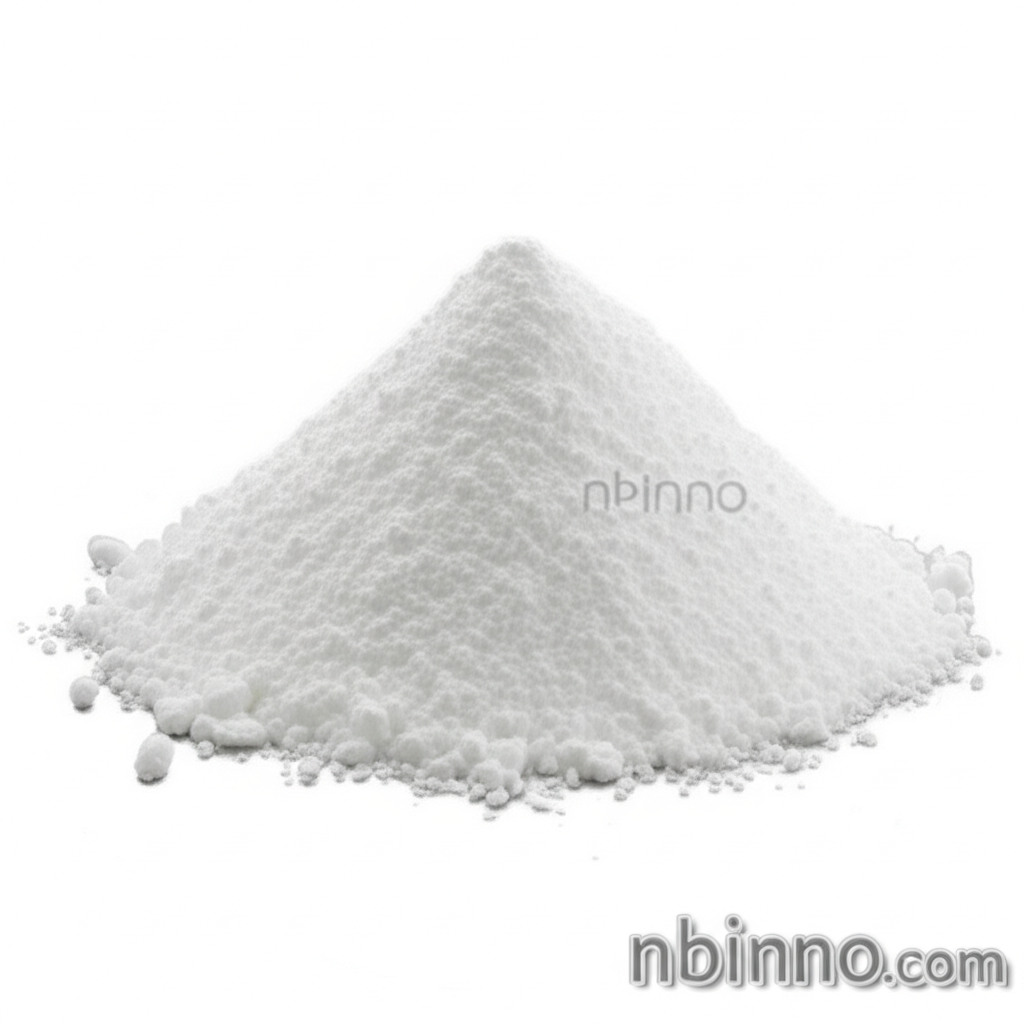Unlocking the Potential of N-(4-Biphenylyl)-9,9-diphenyl-9H-fluoren-2-amine
Discover a key intermediate driving innovation in OLED technology and advanced organic synthesis.
Get a Quote & SampleProduct Core Value

N-(4-Biphenylyl)-9,9-diphenyl-9H-fluoren-2-amine
This advanced organic compound, N-(4-Biphenylyl)-9,9-diphenyl-9H-fluoren-2-amine (CAS No.: 1268520-04-2), is a vital building block in the synthesis of cutting-edge electronic materials, particularly for OLED applications. Its complex molecular structure contributes to enhanced performance and stability in next-generation devices.
- Exploring the synthesis of advanced OLED material intermediates is crucial for developing next-generation displays.
- High purity N-(4-Biphenylyl)-9,9-diphenyl-9H-fluoren-2-amine ensures optimal performance in electronic applications.
- The unique properties of fluorene derivatives make them indispensable in organic electronics.
- Understanding the N-(4-Biphenylyl)-9,9-diphenyl-9H-fluoren-2-amine properties is key for researchers and manufacturers.
Key Advantages
Exceptional Purity
Achieve superior results with a minimum purity of 97%, ensuring reliability in your sensitive electronic material synthesis projects.
OLED Material Synthesis
Leverage this compound as a critical building block for high-performance OLED materials, contributing to brighter and more efficient displays.
Versatile Intermediate
Its role as a fine chemical intermediate extends its utility across various organic chemistry applications beyond OLEDs.
Key Applications
OLED Intermediates
Essential for the development of hole-transporting layers, emissive layers, and host materials in OLED devices, contributing to the OLED material synthesis process.
Fine Chemical Intermediate
Serves as a versatile building block in complex organic synthesis, enabling the creation of novel compounds with specific functionalities.
Electronic Material Precursors
Its unique structure makes it an ideal precursor for various organic electronic applications, offering enhanced material properties.
Research and Development
Crucial for academic and industrial R&D efforts focused on new materials for displays, lighting, and other advanced electronic components.
